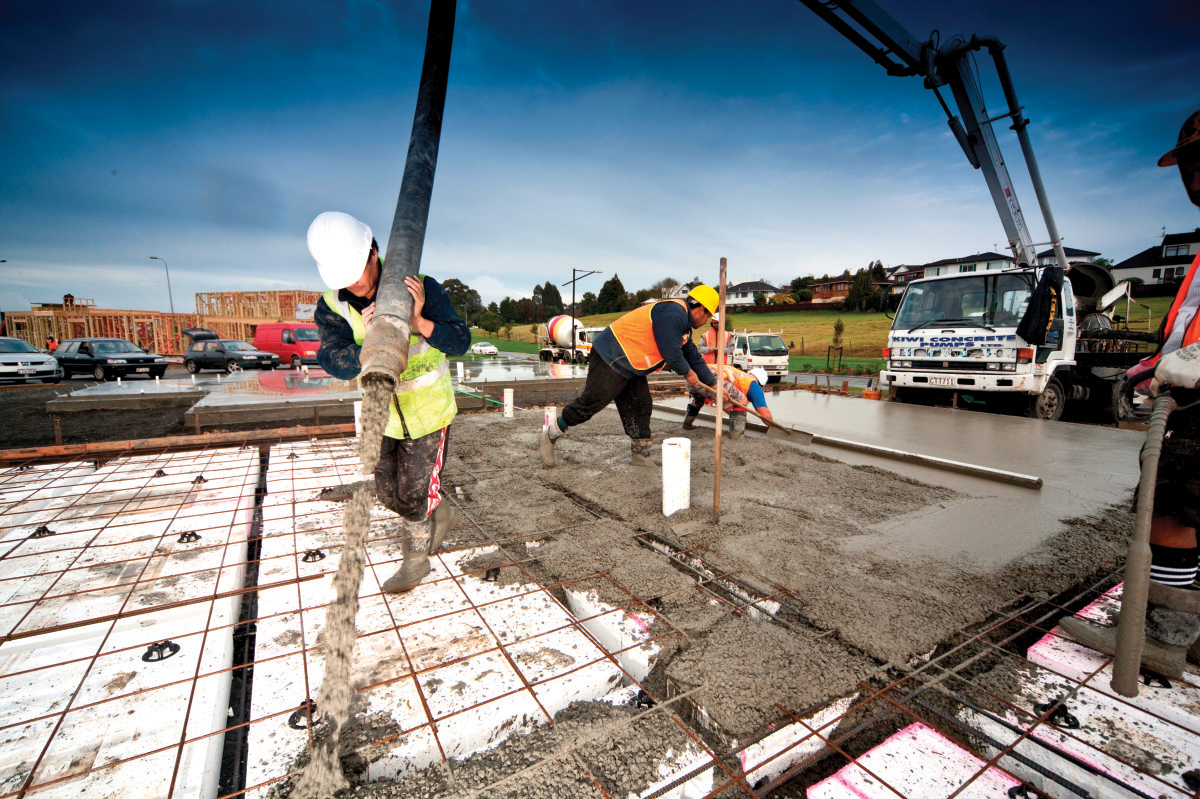Guidance for Canterbury rebuild
01 Jun 2013, Building and housing, Prove Your Know How, Technical

The easy-reference guides published by the Ministry of Business, Innovation and Employment (MBIE) are titled Below-Floor Work and Above-Floor Work. They provide an introduction to the more detailed technical guidance published by MBIE for repairs and rebuilds in the Canterbury green zone (land suitable for rebuilding).
Even though you may be an experienced builder, repairing a post-earthquake building is different from carrying out day-to-day repairs.
For example, floor structures may have been twisted, wrenched, cracked or tilted so much that foundation repair, re-levelling or replacements must be considered before other repairs are done.
Even though you may be an experienced builder, repairing a post-earthquake building is different from carrying out day-to-day repairs
Or, if wall frames are damaged in earthquakes, it may mean structural fixings have come loose or whole walls have been dislodged or moved out of plumb.
The MBIE technical guidance divides the residential Green Zone into three technical categories, which are a guide to the level of site investigation required and options for the appropriate foundation systems for a home with foundation damage.
For example, in Technical Category 3 (TC3), where liquefaction damage is possible in future large earthquakes, house foundations requiring repair or replacement will require geotechnical advice and design input from a chartered professional engineer. This is to ensure the repair or reconstruction of the foundations is appropriate for the site.
In the other Technical Category areas (TC1 and TC2), repairs to house foundations can generally be done without specific engineering design.
Below-Floor Work
This booklet has diagrams to help builders assess foundation damage and check ground height requirements, as well as checklists of things to consider when repairing foundations or lifting and re-levelling floors.
There is a table of foundation options, with references to the detailed MBIE guidance, and another table giving recommended cladding weights for buildings depending on the type of foundation and the Technical Category.
Above-Floor Work
This focuses on structural repair work covered in the MBIE guidance, which includes repairs to wall and roof framing and bracing, repairs to cladding, chimney and fireplace repairs, and repairs to retaining walls.
There is a useful table summarising MBIE’s recommended repairs for plaster-board or plywood-braced panels and a table and diagrams to assist with chimney repairs.
Above-Floor Work also advises that retaining walls on hillside properties, which have been damaged by earthquakes, can be difficult to repair. It advises that, in most cases, specialist engineering advice will be required before making substantial repairs or replacements to retaining walls.
Both provide references to relevant sections in the more detailed MBIE technical guidance.
Legal responsibilities
The booklets also briefly cover builders’ legal responsibilities regarding relevant documents; the Building Code, the agreed contract and building consents. It is the builders’ responsibility to ensure that the building work complies with the building consent, the agreed contract, and, where the building work is not covered by a building consent, complies with the Building Code.
The booklets also include two important reminders:
• That structural work on dwellings is Restricted Building Work and must be carried out by a Licensed Building Practitioner.
• That using height safety equipment during above-floor work makes business sense both as a good employer and financially.
PDFs of both booklets can be downloaded from MBIE’s Building and Housing website at www.dbh.govt.nz/canterbury-earthquake-technical-guidance.
Register to earn LBP Points Sign in




